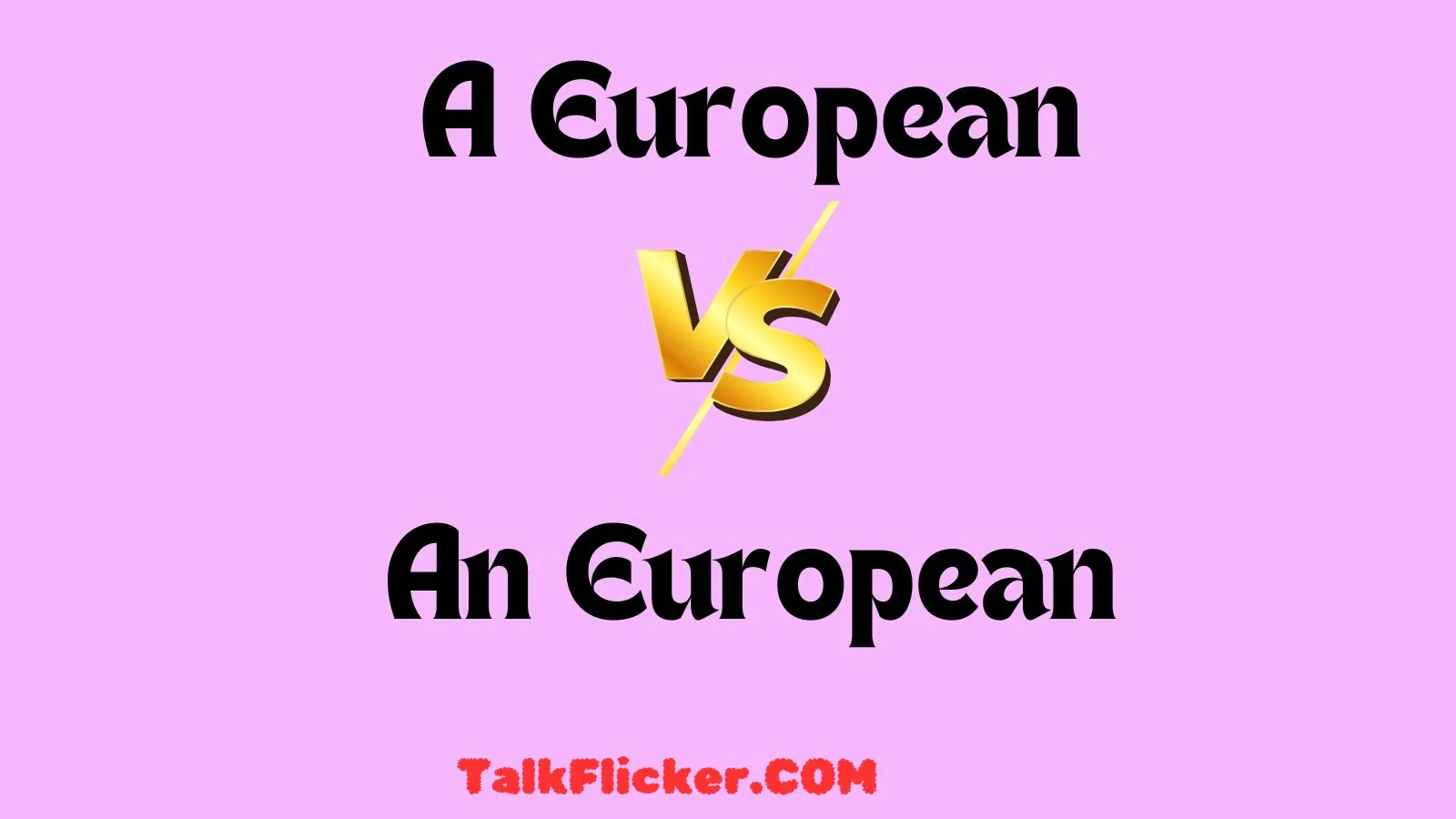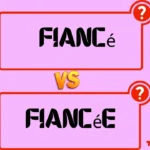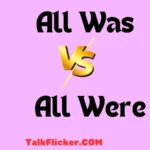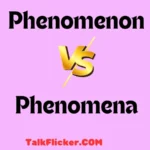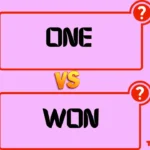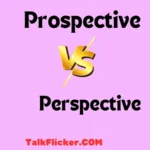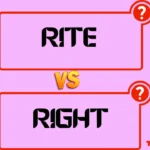Understanding the correct usage of articles in English can be tricky, especially when it comes to words like “European.”
This article will help you master the rules and exceptions for using “a” versus “an” before “European” and other similar words.
Is it “A European” or “An European”? Discover the correct usage, common mistakes, and phonetic rules behind choosing the right article before “European.”
Let’s dive into the details to ensure you never second-guess your choices again.
Decoding the Indefinite Article Dilemma
The indefinite articles “a” and “an” serve to introduce nouns in a non-specific way. The choice between them is based on phonetics, not spelling.
This often leads to confusion, particularly with words like “European” where the initial sound differs from the initial letter.
Historical Context
The use of “a” and “an” dates back to Old English, where “an” was used before both vowels and consonants. Over time, pronunciation shifts led to the distinction we use today, simplifying the rules based on the sounds that follow.
The Basic Rules of ‘A’ versus ‘An’
General Rule
- “A” is used before words that start with a consonant sound.
- “An” is used before words that start with a vowel sound.
Examples:
- A cat
- An apple
Exceptions to the Rule
Some words begin with a vowel letter but a consonant sound, or vice versa. These exceptions are critical to understand:
- A university (starts with a “yu” sound)
- An hour (starts with an “ow” sound)
Understanding Vowel Sounds versus Consonant Sounds
Phonetic Principles
English pronunciation hinges on phonetic principles where vowel sounds are open and voiced, while consonant sounds involve some form of closure or constriction in the vocal tract.
| Sound Type | Characteristics | Examples |
| Vowel Sounds | Open, voiced, no significant closure | Apple, Elephant |
| Consonant Sounds | Partial or complete closure in vocal tract | Cat, Dog |
Impact on Article Usage
The initial sound of the word following the article dictates whether “a” or “an” is appropriate. For instance, despite starting with a vowel letter, “European” begins with a “y” sound, which is a consonant sound.
Common Errors in Article Usage
Typical Mistakes
- Using “an” before “European”: Incorrect because “European” starts with a “y” sound.
- Using “a” before “hour”: Incorrect because “hour” starts with a vowel sound.
Corrected Sentences
- Incorrect: I met an European tourist.
- Correct: I met a European tourist.
The Phonetics Behind ‘European’
Phonetic Breakdown
The word “European” begins with a /j/ sound (similar to the “y” in “yes”). This is a consonant sound, which dictates the use of “a” rather than “an.”
Phonetic Symbols
| Word | IPA | Article |
| European | /ˌjʊərəˈpiːən/ | A |
| Hour | /ˈaʊər/ | An |
Examples in Context: How to Use ‘A European’
Contextual Examples
- Formal: “He is a European ambassador.”
- Informal: “I saw a European movie last night.”
Scenarios
- Written: “The proposal was approved by a European committee.”
- Spoken: “We hired a European chef for the event.”
Incorporating ‘A European’ into Everyday Language
Practical Tips
- Listen to native speakers: Observe how they use articles in everyday speech.
- Practice with sentences: Create sentences using “a European” to get comfortable with its usage.
Practice Exercises
Fill in the blanks with the correct article:
- She bought ___ European painting.
- They visited ___ European country.
Answers:
- She bought a European painting.
- They visited a European country.
Literary Examples: Authors and Characters
Literature Review
Many renowned authors have showcased the proper use of “a European” in their works. Let’s explore a few examples:
- James Joyce: In Ulysses, Joyce writes, “Bloom is a European of the world.”
- Virginia Woolf: In Mrs. Dalloway, Woolf includes, “He spoke with a European accent.”
Quotes
- “The idea was a European masterpiece.” – Random House Dictionary
The Right Fit: Choosing the Proper Article in Sentences
Sentence Structures
The structure of a sentence can sometimes complicate article usage. Here are clear examples:
- Simple Sentence: “She met a European artist.”
- Complex Sentence: “Because he was a European citizen, he had different visa requirements.”
Practice Sentences
Determine the correct article:
- It was ___ honor to meet him.
- She visited ___ university in Germany.
Answers:
- It was an honor to meet him.
- She visited a university in Germany.
Regional Differences and Their Impact on Pronunciation
Dialectal Variations
Pronunciation can vary significantly across English-speaking regions, which can affect article usage:
| Region | Pronunciation | Example |
| British English | /ˌjʊərəˈpiːən/ | A European |
| American English | /ˌjʊrəˈpiːən/ | A European |
| Australian English | /ˌjʊərəˈpiːən/ | A European |
Examples
- British English: “He is a European delegate.”
- American English: “They planned a European tour.”
Clarifying the ‘Y’ Sound in ‘European’
Phonetic Explanation
The “Y” sound in “European” (/j/) plays a crucial role in determining the correct article. Since it is a consonant sound, “a” is the appropriate article.
Comparison
Compare with other words that start with the “Y” sound:
| Word | Starts with | Article |
| Year | /j/ (consonant) | A |
| Yoke | /j/ (consonant) | A |
Is ‘Y’ a Vowel or a Consonant?
Linguistic Debate
The letter “Y” can function as both a vowel and a consonant depending on its position and the sounds it makes in a word.
- Consonant: “Y” as in “yes” (/j/ sound)
- Vowel: “Y” as in “happy” (/i/ sound)
Impact on Article Usage
In the case of “European,” the “Y” acts as a consonant, thus requiring the article “a.”
FAQs: A European or An European?
1. Why is it “A European” and not “An European”?
Despite starting with a vowel letter, “European” begins with a consonant sound (“y” sound), making “A” the correct article to use.
2. What is the rule for using “A” and “An” in English?
“A” is used before words that begin with a consonant sound, while “An” is used before words that start with a vowel sound.
3. Can “Y” be considered a vowel in some cases?
Yes, “Y” can be both a vowel and a consonant depending on its usage. In “European,” it acts as a consonant, which is why “A” is used.
4. Is it a common mistake to say “An European”?
Yes, it’s a common mistake because “European” begins with a “y” sound, a consonant sound, which requires “A” instead of “An.”
5. Does the pronunciation differ between British and American English for “European”?
No, both British and American English use the same pronunciation for “European,” which requires “A” as the article.
Conclusion
Summary
Understanding the rules for using “a” and “an” can significantly enhance your written and spoken English.
Remember, it’s the sound that follows the article that determines the correct usage, not the letter.
Final Thoughts
To avoid common mistakes, focus on the pronunciation of the words that follow articles. Practice regularly and listen to native speakers to hone your skills.
Call to Action
Apply these rules in your daily conversations and writing to become more confident in your article usage.
Share this article with others who might benefit from these insights.
By mastering the use of “a” and “an” with words like “European,” you’ll improve the clarity and accuracy of your English, making your communication more effective and professional.

